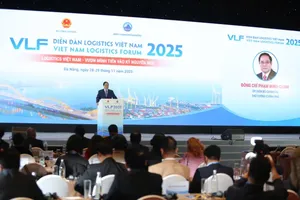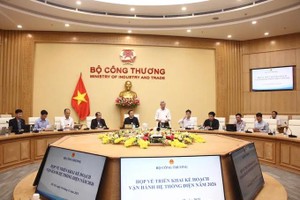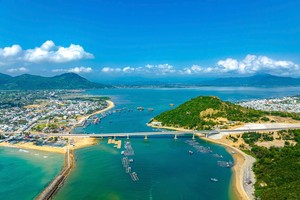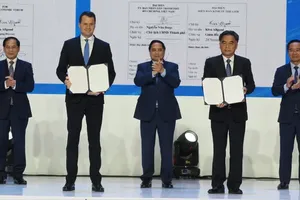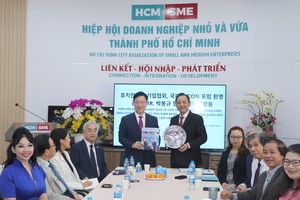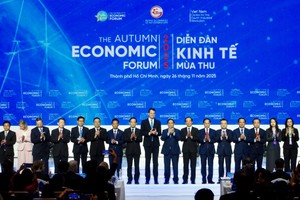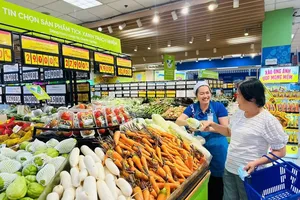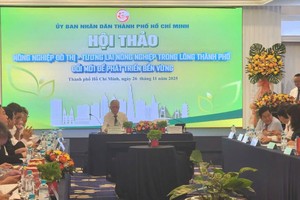Agro-forestry-aquatic exports posted poor growth because China promulgated new regulations on origin control, origin traceability, product specification and information on label, packing specification, quarantine, product quality verification for imported seafood products. Vietnamese products that have not received quarantine acceptance in China will not be allowed to trade cross the border.
In addition, according to regulations of China, all farmed or nature fish products must be taken from registered factories and when making customs declaration exporters must show health certificates issued by Vietnam.
China also announced some regulations relating to control and supervision of goods, especially increasing control on quarantine. These factors have caused exports to China to decline by 8.9 percent over the same period last year, leading to a sharp decrease in exports of agro-forestry-aquatic products.
In order to ensure growth in export turnover, many enterprises have actively expanded export market to other countries. Particularly, they have increased export to the US market.
At the present, the US is the largest export market for Vietnamese agricultural products, accounting for 20.8 percent of total exports of agricultural industry. It was followed by the EU’s market with 12 percent, ASEAN’s market with 9.5 percent and Japanese market with 8.4 percent.
As for export of rice, right after demand in China’s market dropped for a long time without signs of recovery, Vietnamese rice exporters have shifted export of rice to the Philippines and have been exploiting this market quite effectively.
The Philippines is also the largest rice importer of Vietnam with 34.5 percent of market share, worth $589.4 million, 3.2 times higher in volume and 2.7 times higher in value compared to the same period last year.
According to Mrs. Chi, export of agricultural and processed food products of Vietnam in the near future will still face fierce competition and increasing trade barriers.
Export prices of some key agricultural products are still in losing trend and the situation will continue to be difficult in the future. Therefore, enterprises should focus on expanding new export markets, especially markets in the EU-Vietnam Free Trade Agreement and the Comprehensive and Progressive Agreement for Trans-Pacific Partnership.

